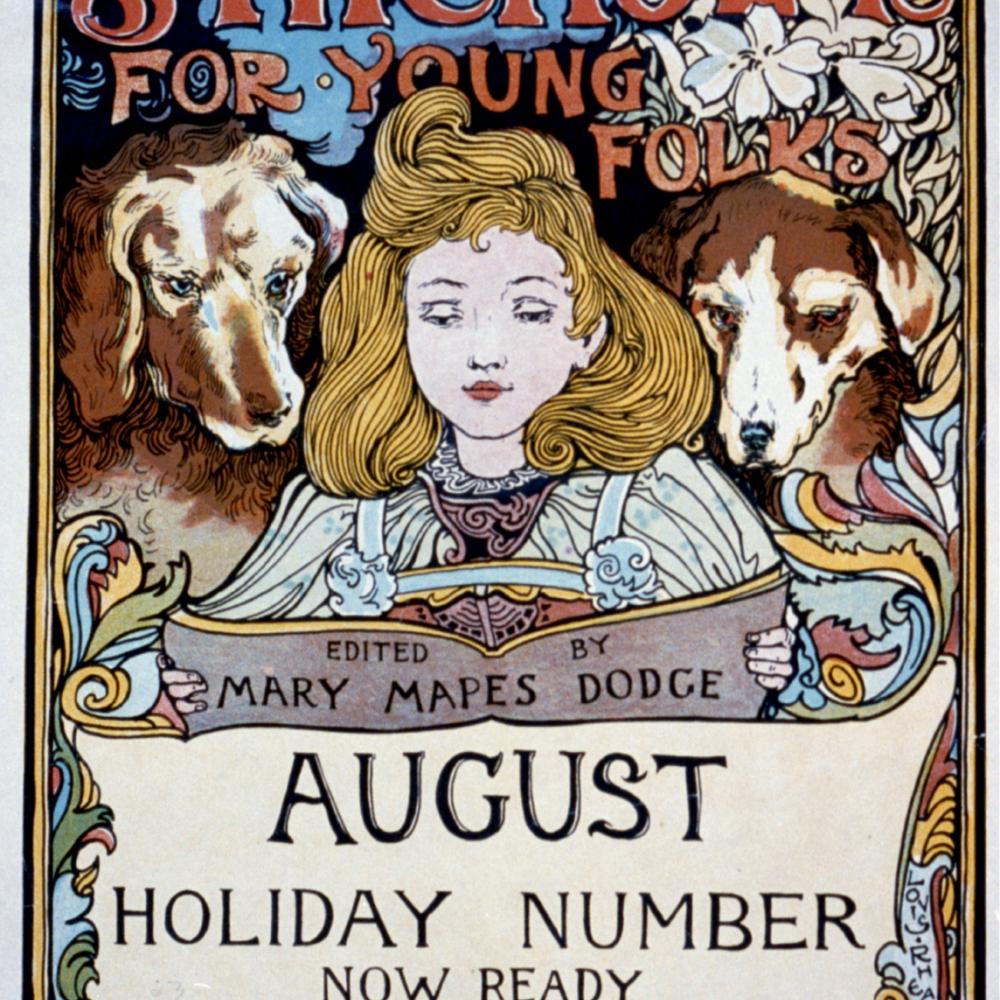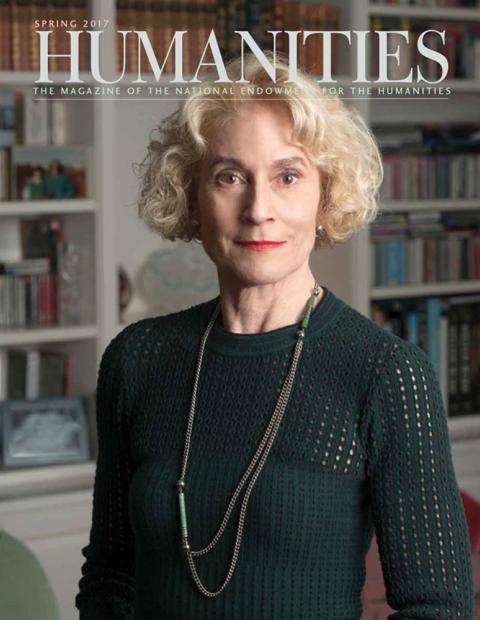Before Eudora Welty gained international fame as one of the most acclaimed American fiction writers of the twentieth century, she tried her hand as a poet, gaining a national audience in the bargain. In 1923, when she was 14, Welty published “Once Upon a Time,” which opened like this:
“Once upon a time” – that sounds
A great long distance back from now,
But that is when our dear St. Nick
To our grandparents made its bow.
As verse goes, maybe it wasn’t yet the kind of literary performance that would, in later years, land Welty the Pulitzer Prize. Even so, the management of the magazine that published Welty’s simple rhyme was bound to be charmed. The “St. Nick” of her poem was St. Nicholas magazine, a journal for youngsters published between 1873 and 1940. The magazine offered readers membership in its St. Nicholas League, with small cash prizes and award badges given to aspiring artists and scribes whose submissions of drawings, photography, and writing were accepted for publication.
Two years after her St. Nicholas debut, Welty’s second poem for the magazine, “In the Twilight,” won the League’s highest honor, a gold badge. Although penned by a teen, it displayed a precocious sense of the fleetingness of time:
The daylight in glory is dying away;
The last faded colors are fast growing gray;
The sun nears the beckoning portals of night,
And leaves to the skies his long, ling’ring light . . .
Welty was far from alone in counting St. Nicholas as an early influence on her career. Among the League’s alumni were Edna St. Vincent Millay, Ring Lardner, William Faulkner, publisher Bennett Cerf, Edmund Wilson, Rachel Carson, and celebrated essayist and children’s author E. B. White.
“There is no doubt about it, the fierce desire to write and paint that burns in our land today, the incredible amount of writing and painting that still goes on in the face of heavy odds, are directly traceable to the St. Nicholas magazine,” White wrote in a 1934 remembrance of the journal in the New Yorker.
In Some Writer, her charming biography of White for young readers published last year, Melissa Sweet revisits White’s early connection with St. Nicholas. White’s childhood friend, E. Barrett Brady, mentioned to White that the St. Nicholas stories that won prizes “were often about being kind to animals,” Sweet tells readers.
For White, a shy boy who had long been interested in a menagerie of creatures that included everything from pigeons to polliwogs, the subject was a natural. When White was 14, his St. Nicholas essay about his dog Beppo’s heroic standoff with a herd of steers won a gold badge. An earlier White piece, also about a dog, had won a silver badge.
“We were an industrious and fiendishly competitive band of tots,” White would recall years later, “and if some of us, in the intervening years of careless living, have lost or mislaid our silver badge, we still remember the day it came in the mail: the intensity of victory, the sweetness of young fame. . . .”
White’s wife, New Yorker fiction editor Katharine White, had gotten a silver badge from St. Nicholas, too. The magazine even drew young readers from across the Atlantic, including a little English girl, Vita Sackville-West, who would later earn fame as a poet, novelist, garden writer, and intimate of Virginia Woolf. She contributed to St. Nicholas a history of her family’s ancestral estate. “There are 365 rooms in Knole, 52 staircases, and 7 courts,” she mentioned matter-of-factly. “A priest’s cell was found this year.”
When White, the subject of a 2014 Humanities essay, picked up a copy of St. Nicholas in 1934 for old times’ sake, he found that his cherished childhood companion had changed its format—the first intimation that the St. Nicholas he had known was now just a memory. With the arrival of World War II, the magazine ceased publication.
White would go on to receive a Pulitzer Prize special citation for letters and the Presidential Medal of Freedom. But nothing would quite match the thrill of his silver and gold badges from St. Nicholas.
“The League is still our white plume,” he wrote in 1934. “We graduates know what it was like to wear it. These later, slight victories, such as they are, fail to make the heart pound.”


